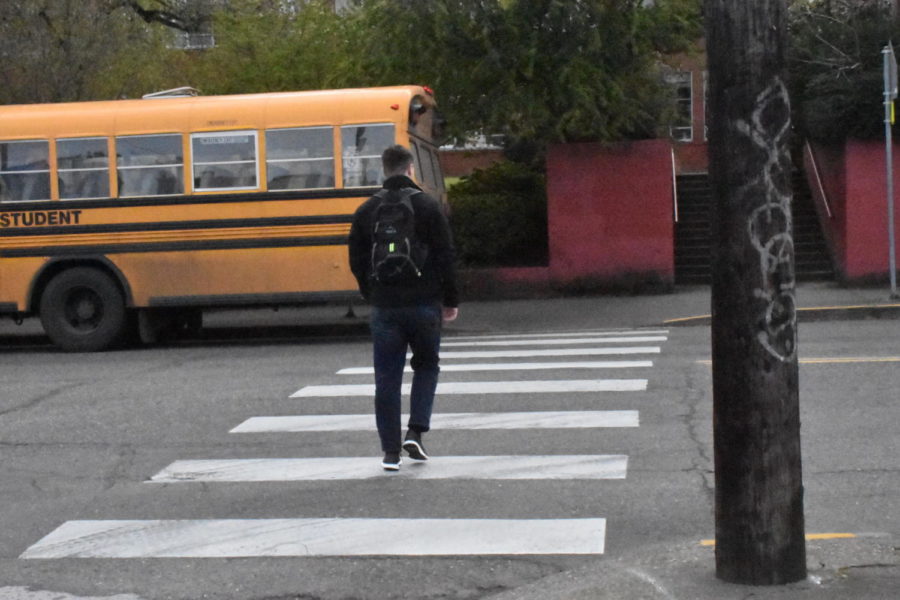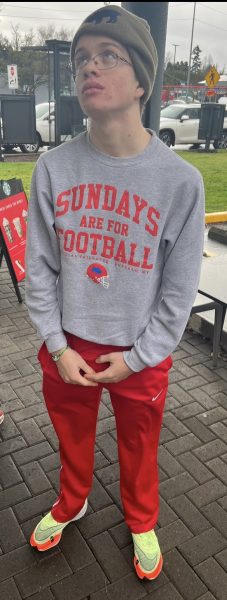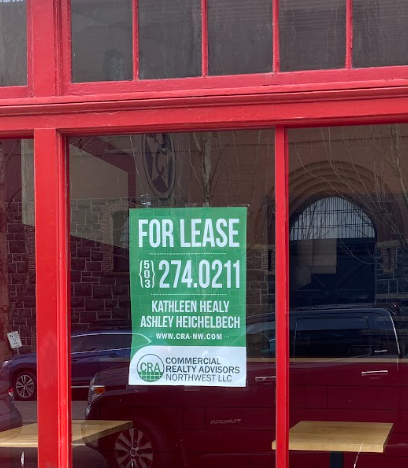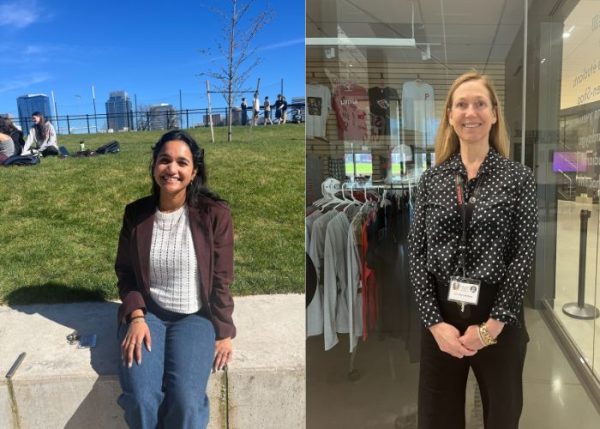Student hit by car shows school must improve safety
Student walks across Salmon street at 15th.
Every week, five teenage pedestrians are killed in the United States, according to Safe Kids Worldwide.
While Lincoln thankfully has not seen such a tragedy, a recent close call illustrates why the school must take action to improve pedestrian safety around campus.
Senior Kiran Morrissey was walking in the crosswalk at Southwest 15th Avenue and Salmon Street on January 3 when he looked right and saw a red car approaching quickly down 15th.
The male driver slowed down, but failed to completely stop for the crosswalk. While the driver’s eyes were searching Salmon, where he intended to turn right, he completely missed Morrissey in the middle of the marked crosswalk.
“He didn’t see me and I’m in the middle of the crosswalk, [so I had nowhere to go],” Morrissey told the Cardinal Times. “So I just jump up on the car, it was really awkward. Right when he hit me, he had a super shocked face.”
Morrissey believes it was an honest mistake – the driver did not notice him in the crosswalk – but it could have had serious consequences. “I’m not very confrontational, so I just climbed off the car and went to Physics. But if I was younger [and shorter], I could’ve been killed.”
While Lincoln does have a school zone speed limit and marked crosswalks around campus, Morrissey’s story demonstrates the reality that most Lincoln students face every day: that those safety devices are not doing enough to make walking safe.
The most heavily trafficked crosswalk before and after school is across Salmon Street at 16th Avenue; this is also where many students are being picked up and dropped off, leading to a chaotic and dangerous scene for pedestrians. Parked and stopped cars can hide students until they are already into the street, and the incline of the street obscures the view of the crosswalk to drivers coming east on Salmon.
Lincoln’s athletic events and other after-school activities often last late into the night, leaving students to cross dark and rainy roads. Even during the day, TriMet and school buses, as well as construction vehicles for nearby projects, clog the streets.
Lincoln’s administration must do more to increase safety for those who walk to class.
First, the school should ask the city for improvements to its pedestrian safety devices.
For example, Benson High School has installed curb extensions and Rapid Flashing Beacons on Northeast 12th Avenue in front of its campus. These beacons are shown to increase the percentage of drivers who stop by 62 percent, according to the Portland Bureau of Transportation’s (PBOT) website.
Morrissey believes that with a device like this, the driver who hit him would have seen the marked crosswalk.
In order to request improvements, the school can ask for a walking audit, PBOT spokesman Dylan Rivera told the Cardinal Times. The audit brings together school administrators with PPS staff and PBOT engineers to observe walking patterns and determine if additional devices should be added.
If the administrators do not act and call for a walking audit, other groups in the school can. Rivera said his agency can field requests from parent groups or even student organizations.
Secondly, the school must consider pedestrian safety in its rebuild, which is currently in the planning stages. Drop off and pick up should be moved away from pedestrian crossings to designated areas. Entrances and exits should be placed to encourage students to use the safest intersections.
Rivera called the new school a blank slate to improve the situation for students who walk to school.
However, he emphasized that “facilities can only do so much to change human behavior.”
The Lincoln community and neighbors should see posters and signage emphasizing safe ways to drive and cross streets. Portland’s well-established Safe Routes to School program can provide the materials and expertise to get this started.
Students are often criticized for jaywalking and walking recklessly. While true that students must do their part, it is unacceptable that students acting within the law, like Morrissey, should have to worry about their safety when crossing streets on the way to school.











